Phlebotomy Essentials 7th Edition by Ruth E. McCall: A Comprehensive Guide to Phlebotomy Practice
“Phlebotomy Essentials 7th Edition” by Ruth E. McCall offers an all-encompassing resource on phlebotomy, providing essential knowledge for students, healthcare professionals, and anyone looking to gain a deeper understanding of this vital clinical skill. Phlebotomy, the practice of drawing blood, is a critical task in healthcare that requires precision, knowledge, and a high level of responsibility.
About the Author
Ruth E. McCall, a recognized leader in the field of phlebotomy and clinical laboratory sciences, is known for her extensive experience and passion for educating the next generation of healthcare workers. With years of teaching and practical experience, McCall has shaped the learning journeys of many students pursuing careers in phlebotomy. Her writing style is clear, direct, and focused on providing hands-on knowledge that students can immediately apply in real-world healthcare settings.
What’s New in the 7th Edition?
The 7th edition of Phlebotomy Essentials introduces several important updates, including the latest advancements in phlebotomy techniques, equipment, and safety protocols. The field of phlebotomy has evolved over the years, with new technologies and best practices being integrated into the profession. McCall has ensured that this edition is both up-to-date and reflective of modern healthcare environments.
- Updated Information on Safety Standards: Given the emphasis on patient and healthcare worker safety, the new edition includes the most current information on personal protective equipment (PPE), infection control practices, and the proper handling of biohazardous materials.
- Advancements in Blood Collection Technology: The book also includes updates on the latest tools and equipment used for blood collection. Technological innovations such as automatic blood collection devices and better needle designs have improved the process, making it safer and more efficient for both the patient and the healthcare provider.
- Expanded Focus on Diversity and Patient Interaction: One of the new elements in this edition is an expanded discussion on dealing with diverse patient populations. Phlebotomists often work with patients from different cultural, linguistic, and socioeconomic backgrounds, and this section equips students with the knowledge to handle such situations with care and professionalism.
1. The Basics of Phlebotomy
The first chapters introduce readers to the fundamental aspects of phlebotomy, including the history of bloodletting and how phlebotomy evolved into its current medical practice. It discusses the types of blood specimens used in laboratory testing and explains the basic anatomy and physiology involved in blood collection.
The book also delves into the essential tools and equipment that phlebotomists use. McCall offers in-depth explanations of the tools used in venipuncture, skin puncture, and capillary blood collection, such as needles, lancets, collection tubes, tourniquets, and gloves. This section ensures that students are familiar with the practical tools required for phlebotomy procedures.
3. Patient Care and Communication
An essential aspect of phlebotomy is patient interaction. McCall’s book emphasizes the importance of clear communication and patient care during blood collection. This includes gaining patient consent, explaining the procedure, and addressing any fears or concerns the patient may have.
The 7th edition highlights the significance of empathy in phlebotomy practice. Phlebotomists often work with patients who are anxious about the procedure, so the ability to put patients at ease is a valuable skill. McCall dedicates an entire chapter to patient interaction, discussing best practices for building rapport, handling difficult patients, and providing comfort during the procedure.
you may like .https://natashabookstore.com/books/numerical-methods-for-engineers/

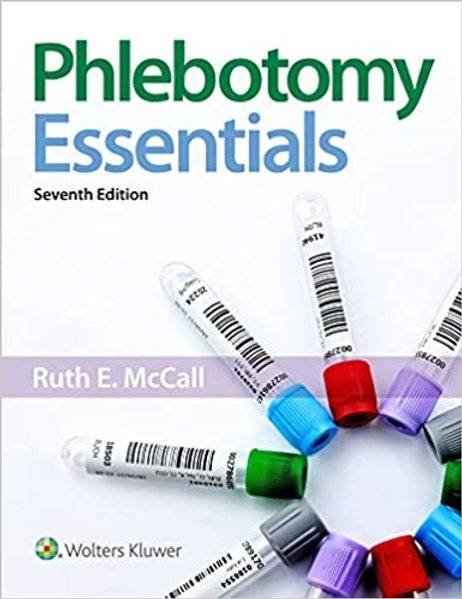

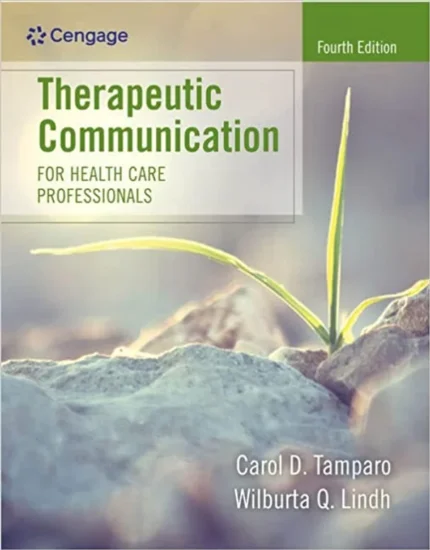




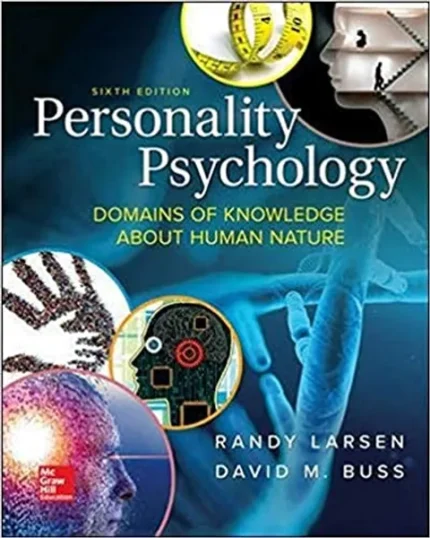

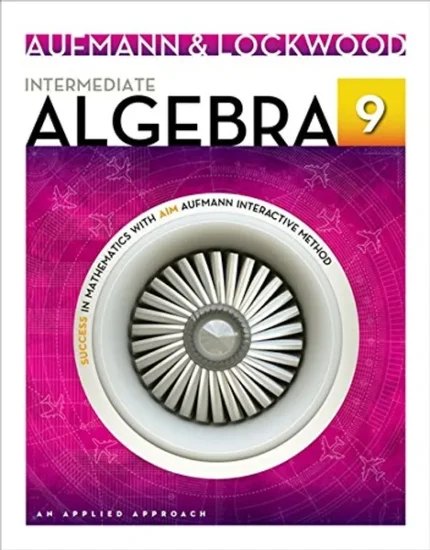
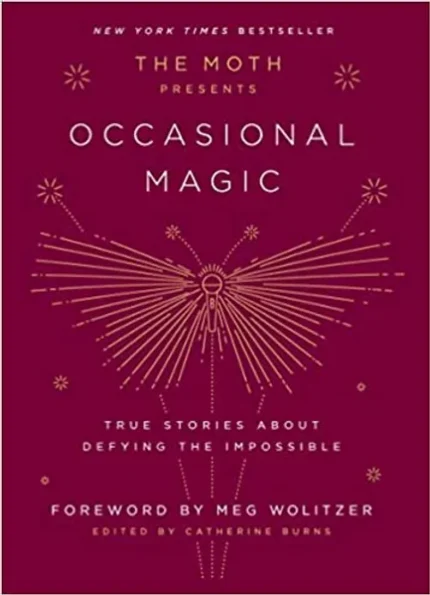
Reviews
There are no reviews yet.